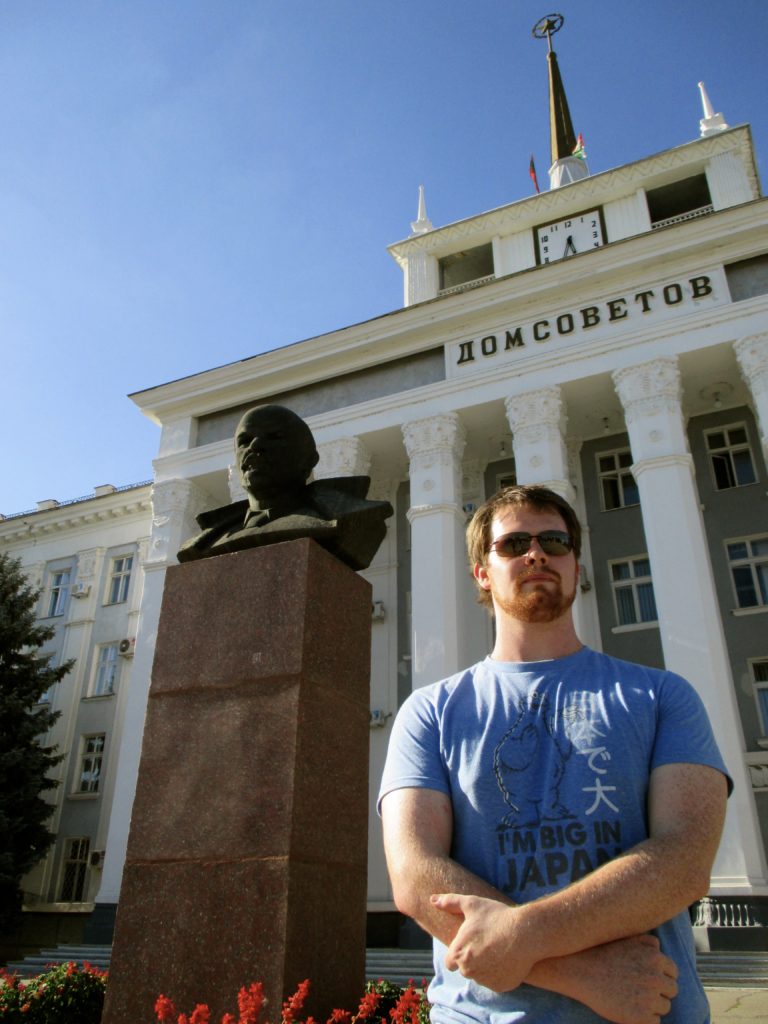I’ll admit it, I like setting some odd personal goals and can get pretty competitive. Combined with my love of travel, this has turned me into an avid country collector. I am always trying to add visits to new countries to my list. It is not as simple as checking off boxes, though. Each country collector must set their own baseline for what defines a visit and what qualifies as a country. I discuss my qualifications for counting a “visit” in a separate post. In this post I’ll discuss why deciding what should count as a country may be more complicated than it first appears.
When determining how many countries are out there, many reference the United Nations. The United Nations has 193 full member states and two observer states. If you’re looking for a quick and easy country count, this is a good place to start. Yet, the choice to qualify countries based only on UN membership has its issues.
A Case for Counting Sovereign Countries beyond UN Member States
In 2017 my wife and I spent nearly a week in the Federated States of Micronesia (FSM). The islands making up the FSM passed between various colonial powerhouses before eventually finding themselves under American administration following World War II. In the 1980s, islanders voted for independence and entered into a “Compact of Free Association” with the United States. Today it is technically a sovereign nation with a seat at the UN. Yet, it is still very much under the thumb of the United States. The FSM uses the US dollar as its official currency, and its citizens have access to many domestic US services. They can also serve in the US army and even work in America indefinitely without a visa. Many political entities which lack UN recognition actually demonstrate a higher level of independence.

Countries with limited international recognition
Consider if you will countries like Taiwan (which I visited in 2008) and Kosovo (which I visited in 2013.) Both have fully functioning and autonomous governments which provide for their own national defense. They have also international recognition from numerous UN member states. However, neither has been able to become a member state in its own right due to the politics of the UN. In effect, China and Russia use their veto power in the UN Security Council to render membership unattainable for these two nations. Despite this, most travelers will justifiably include these two countries in a count.

Countries with no international recognition
Perhaps we should count a country even if it doesn’t have any formal international recognition. In the fall of 2013 I went on a multi-month backpacking around Eastern Europe. While there I learned about the existence of a state called Transnistria. Sandwiched in between Moldova and the Ukraine, this small nation was administered as part of Moldova throughout the Soviet period. With the breakup of the Soviet states in the late 1980s and early 1990s, the ethnic Russian majority in Transnistria took issue with the idea of being included as part of the larger, ethnically Moldovan dominated Republic of Moldova.
In 1990 they declared independence from the nascent republic and, with help from Russia, they were able to hold off the Moldovan army. For nearly 30 years they have been classified as an “autonomous territorial unit” by Moldova and the outside world, and yet Moldova exerts no authority in the country.

Transnistria has an independent government, its own currency, and a sizable army. (As an aside, it also has A LOT of statues of Lenin.) No UN member state currently recognizes Transnistria, yet when I visited Moldova in 2013 I had to cross a heavily fortified border and pass through a somewhat nerve-racking passport check. So, do Transnistria and other internationally unrecognized countries count? I would argue that they should, so long as they have the traditional trappings of an independent government. I would not include regions with aspirational separatist movements like the Basque Country in Spain.
A Case for Counting Autonomous Countries within Countries
When the colonial system began to break down in the 20th century, many former colonies chose to declare independence and went on to become sovereign countries. Others shifted toward autonomy and self-rule on the home front but did not fully break away from their former colonial overlords. In some cases, the result is sovereign countries which are themselves composed of constituent countries.
The United Kingdom
The example which is most familiar to Americans is the United Kingdom. The UK is a sovereign country with one seat in the UN but it contains the semi-autonomous constituent countries of England, Scotland, Wales and Northern Ireland. Interestingly enough, the United Kingdom does not include the nearby Bailiwicks of Guernsey and Jersey in the English Channel and the Isle of Man in the Irish Sea. These three entities are technically Crown Dependencies which are ruled directly by the crown and are largely independent when it comes to domestic policy. They are in effect unique relics of Europe’s feudal past…but I’ll avoid going further down that fascinating rabbit hole for the time being.
Denmark & the Netherlands
The Kingdom of Denmark’s constituent countries are spread out further afield than the UK’s. These include Demark proper as well as the autonomous countries of the Faroe Islands and Greenland. One of the interesting ways in which this division plays out is in regard to European Union membership. While Denmark itself is part of the EU, the other constituent countries are not. Hence, Danish citizens who live in the Faroe Islands and Greenland are not EU citizens. A similar example is the Kingdom of the Netherlands which is composed not only of the European Netherlands but also the constituent countries of Aruba, Curacao, and Sint Maarten, all of which are located in the Caribbean. These island countries have control over their own currencies and lie outside of the European Union.
In my experience, most people are more than willing to consider England and Scotland as two countries, and it’s rare to meet someone who associates Greenland with Denmark. With that in mind it seems fair to consider constituent countries as separate entities when calculating a country count.
Summary: How many countries are there?
So, taking into account universally recognized countries, countries with the trappings of sovereignty but lacking universal recognition, and constituent countries, how many are out there? I’d say there are approximately 234. Of course, the list grows when you add in territories and other semi-autonomous states.
